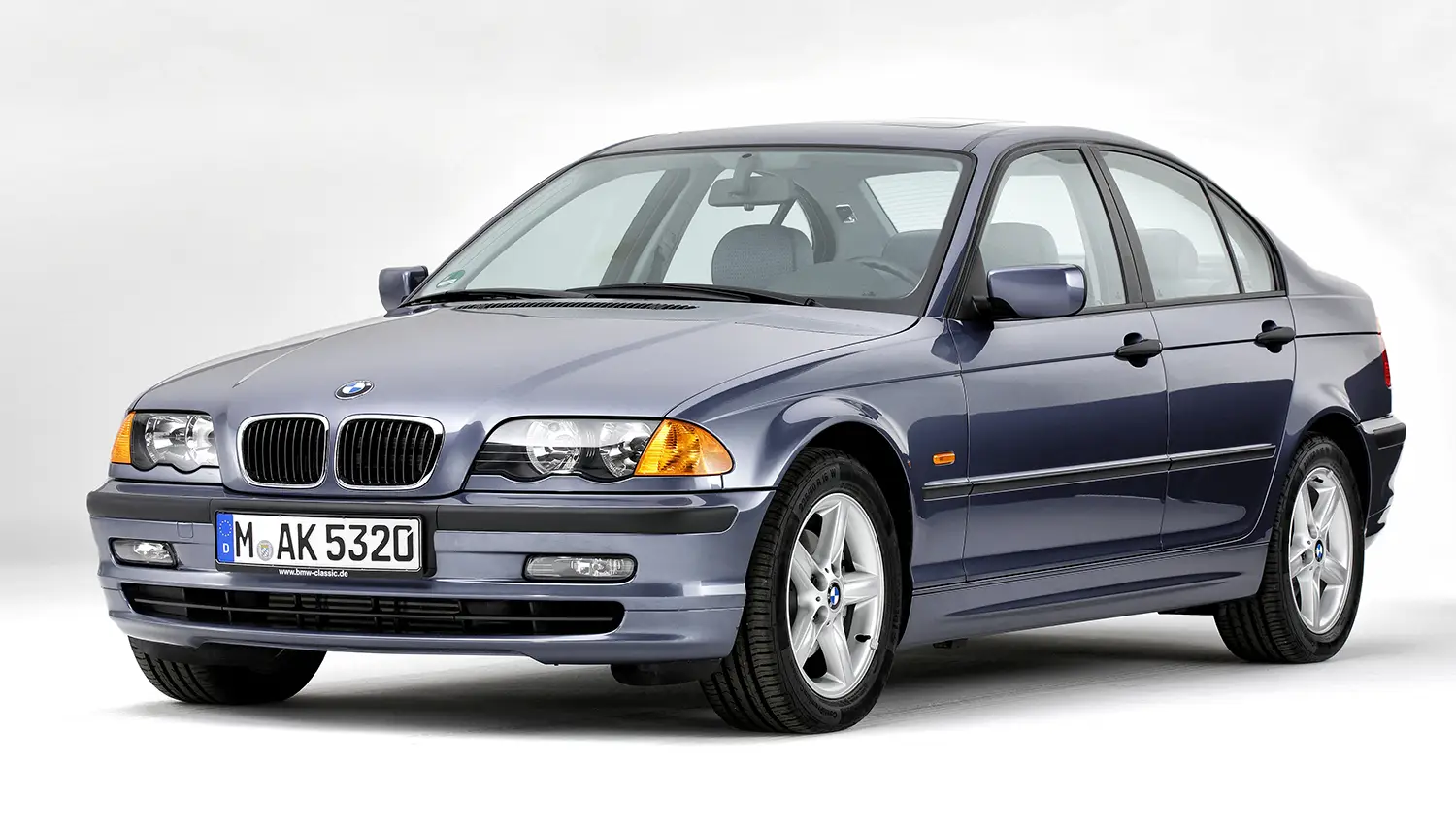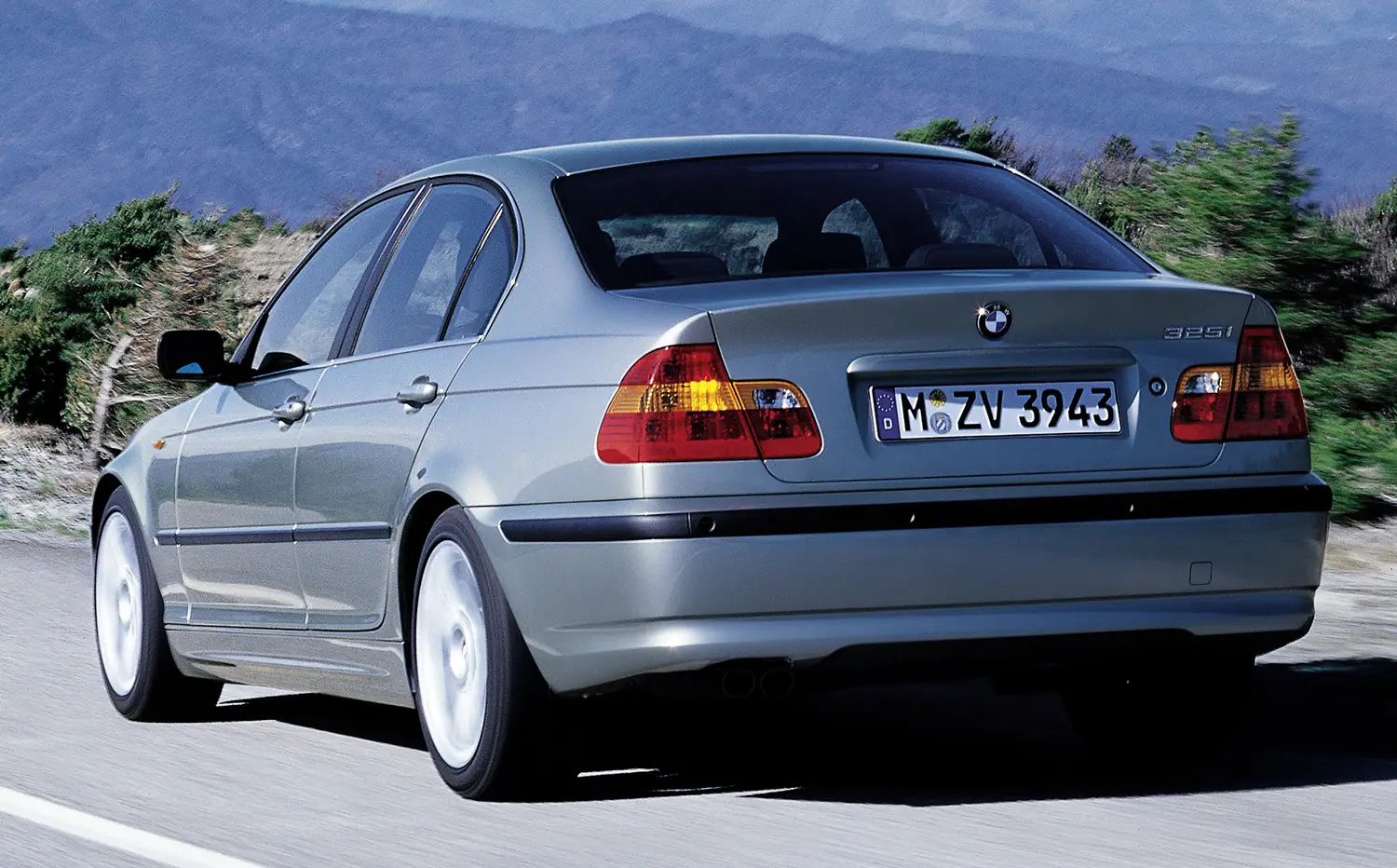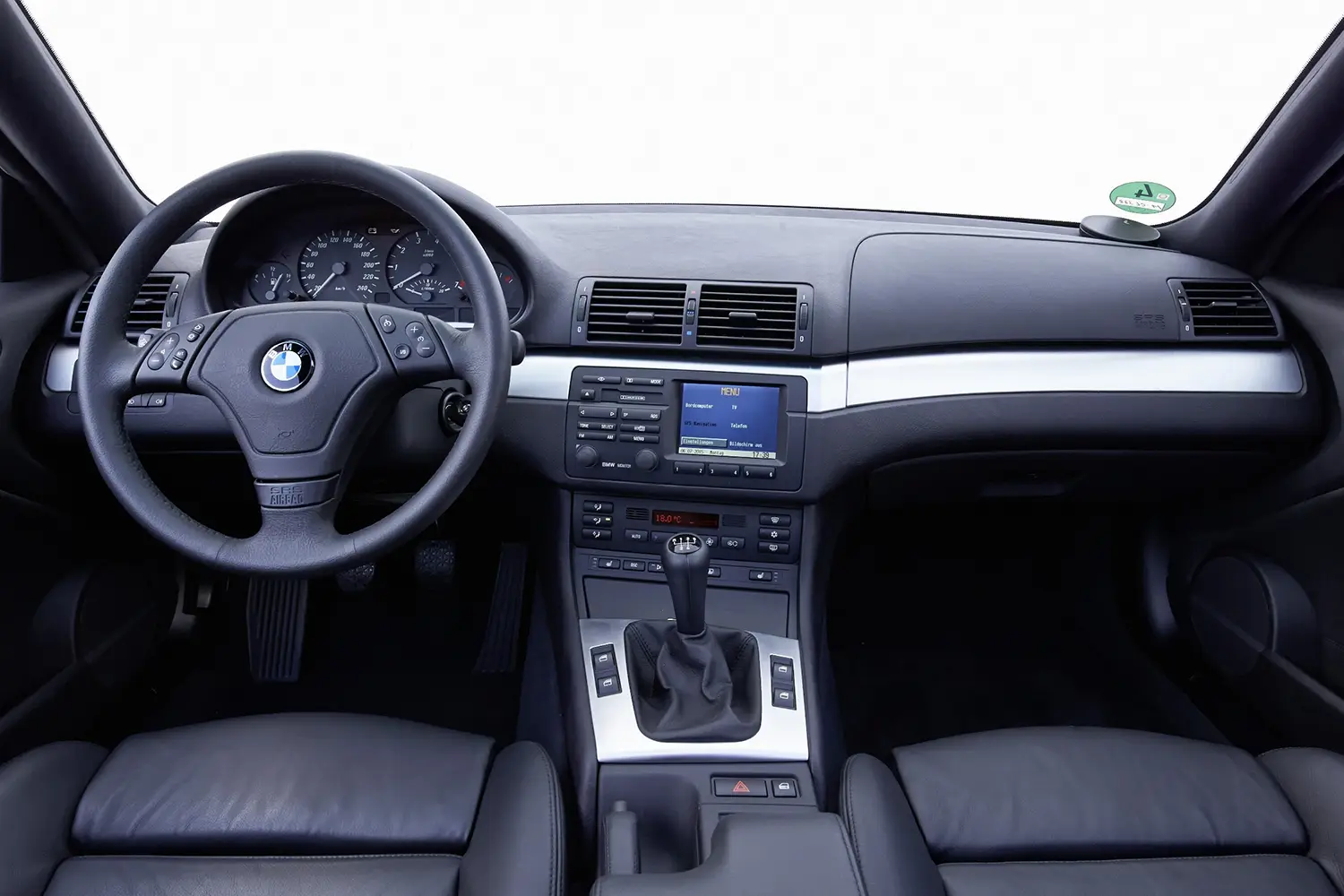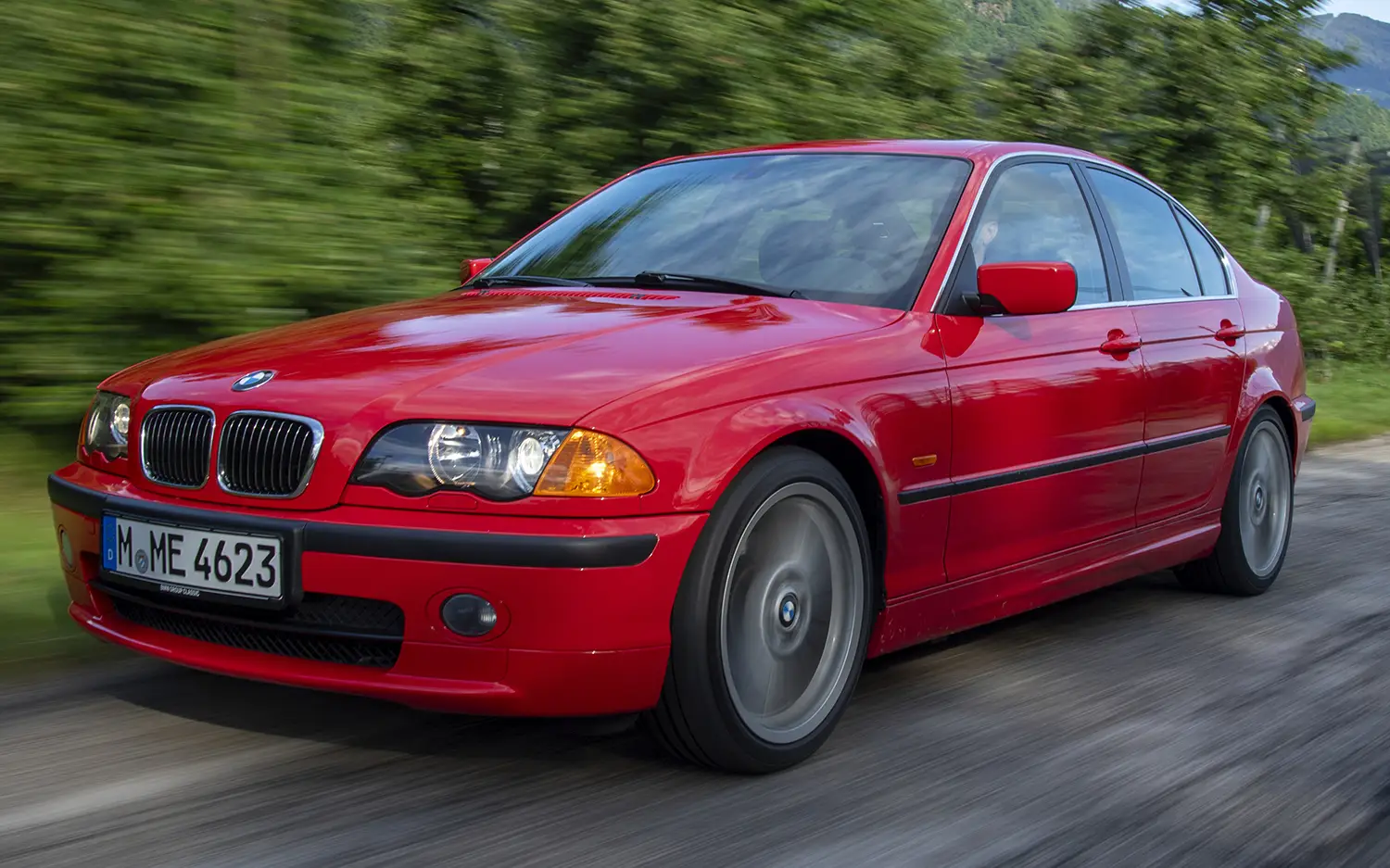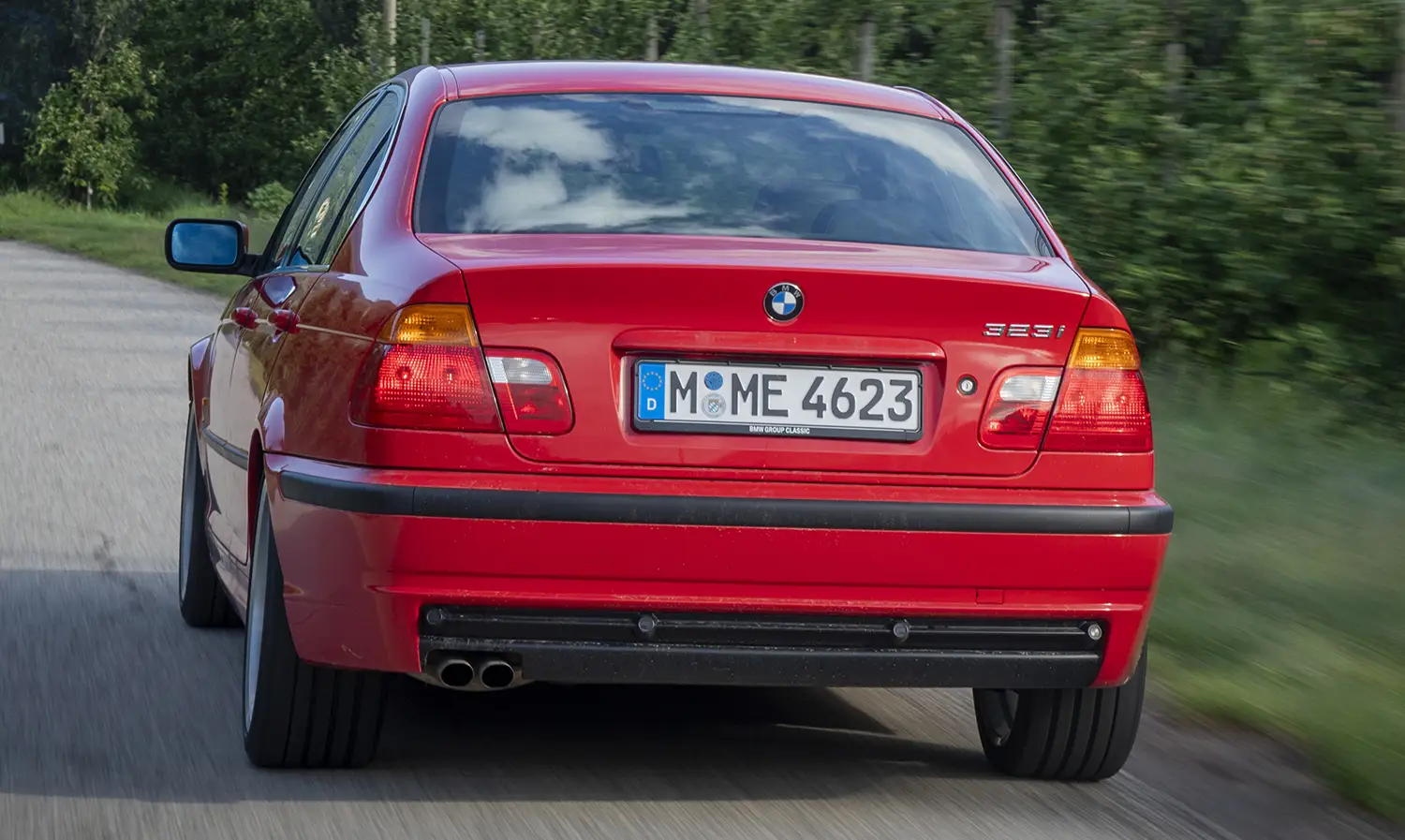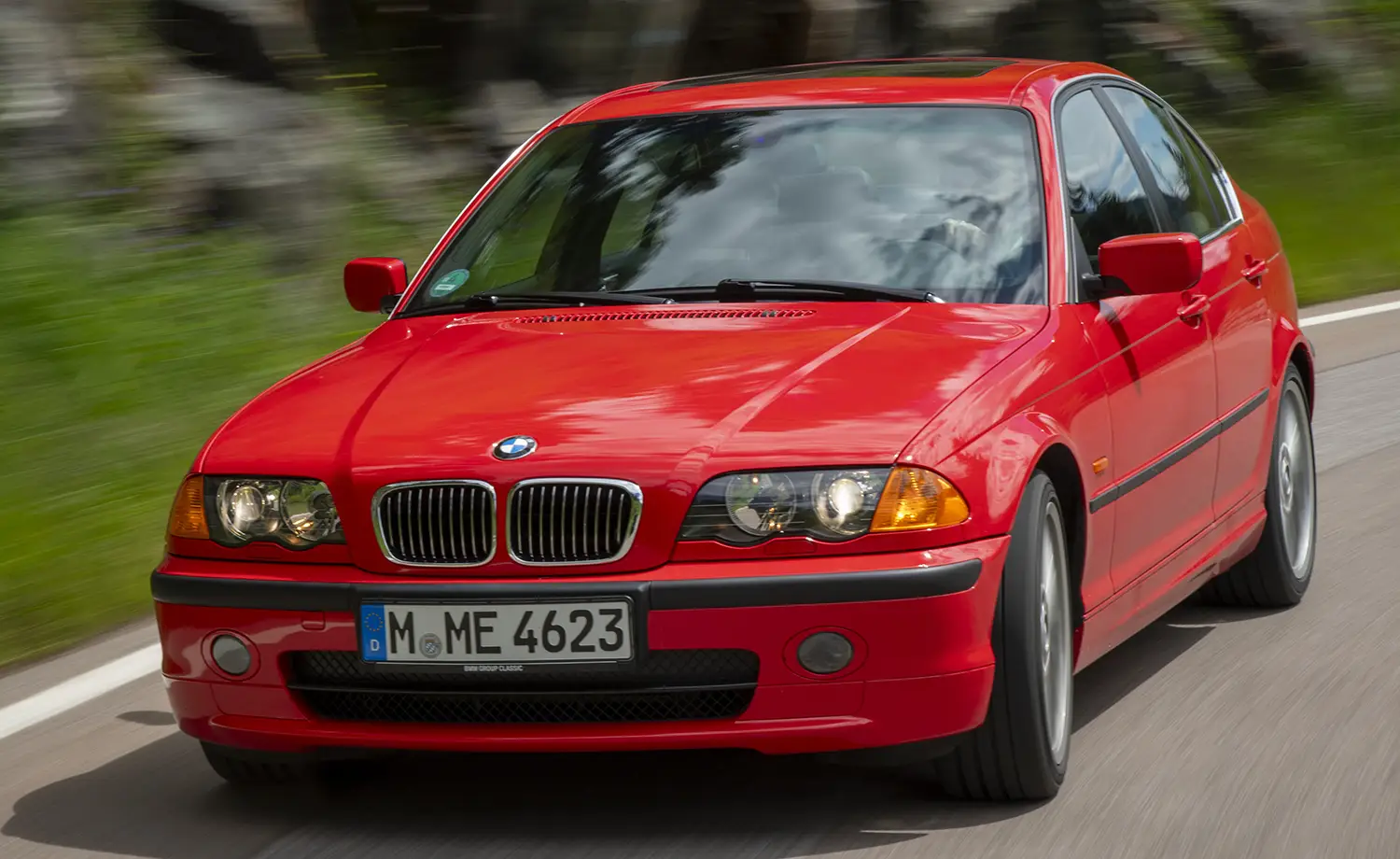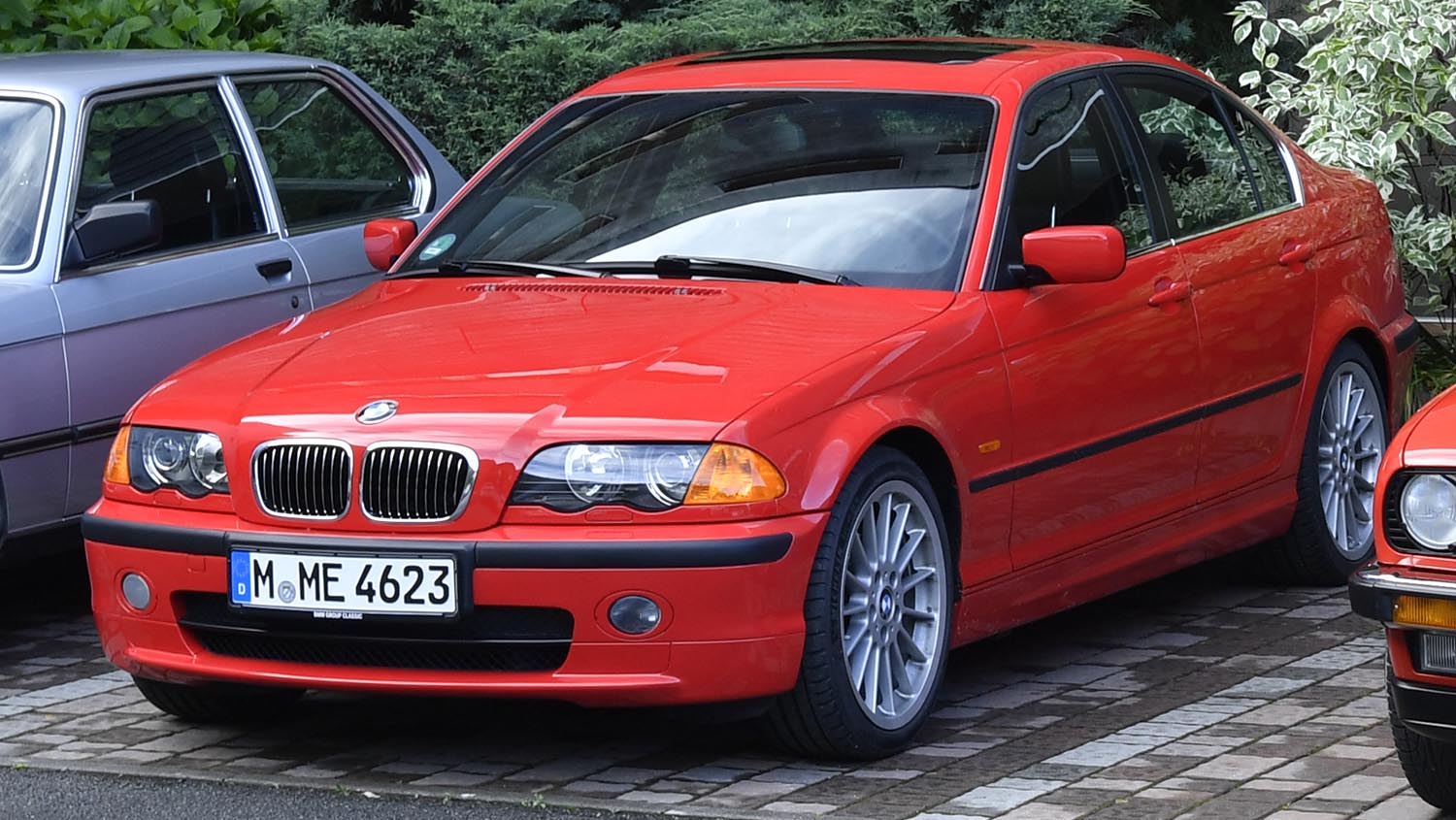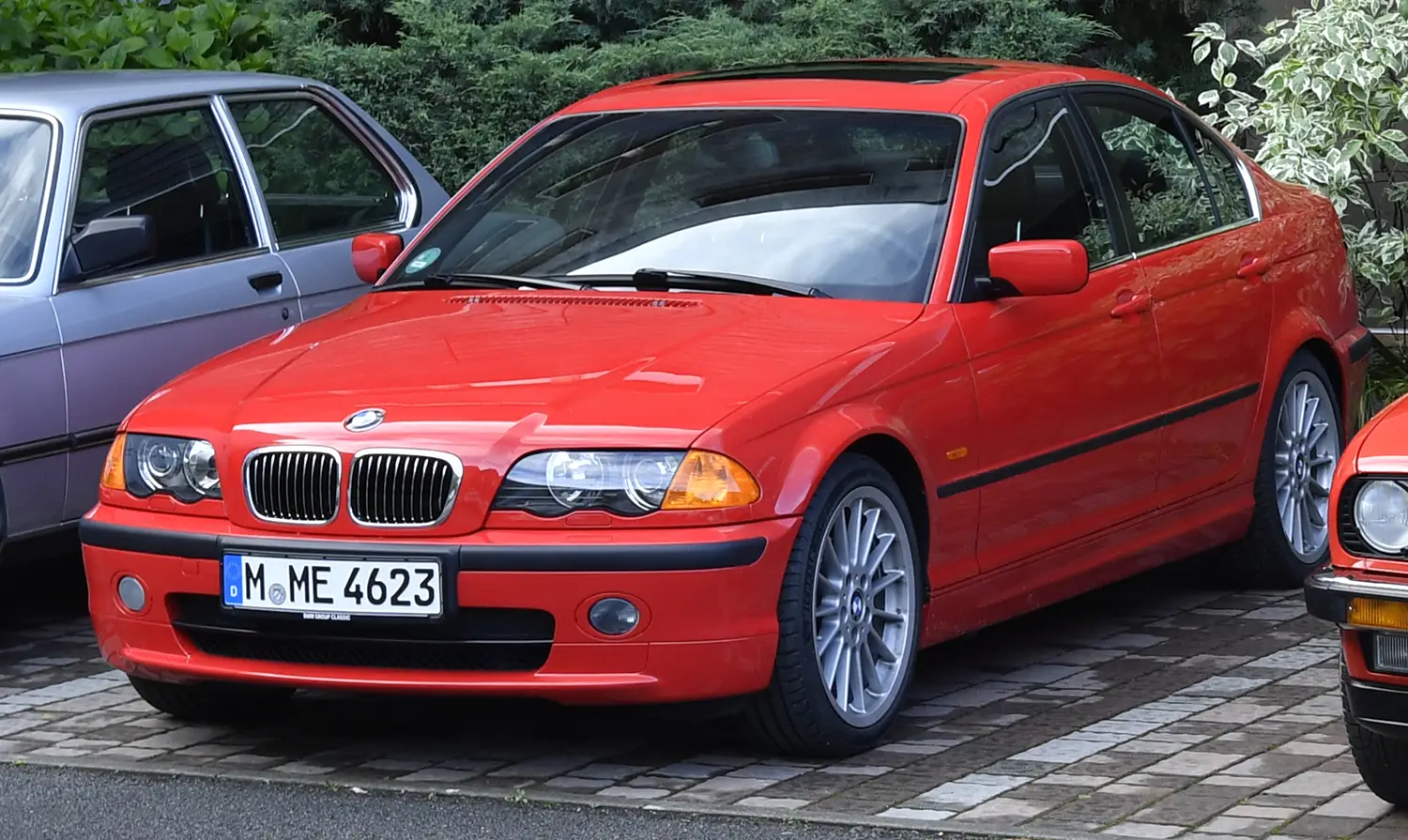
The year 1990 marked a turning point for BMW. After the immense success of the E30, a new challenge awaited. That challenge was to create a car that was better in every single way. The result was the BMW 3-Series third Generation. Known as the E36, it was a completely new vehicle. Its design was more aerodynamic and modern. It featured a wider body and a longer wheelbase. This new model set out to conquer a global market. It successfully moved the 3-Series upmarket. This car became a benchmark for its segment.
A Radical New Design and Platform
The E36’s design was a clean break. The body was much more rounded than the E30. It had a lower hood line and a wider stance. The flush glass headlights were a new feature. They were covered with a glass lens. This improved aerodynamics. The E36 was also much roomier inside. It provided a more comfortable cabin. This made it a great car for everyday use. It was a true shift in BMW’s design philosophy.
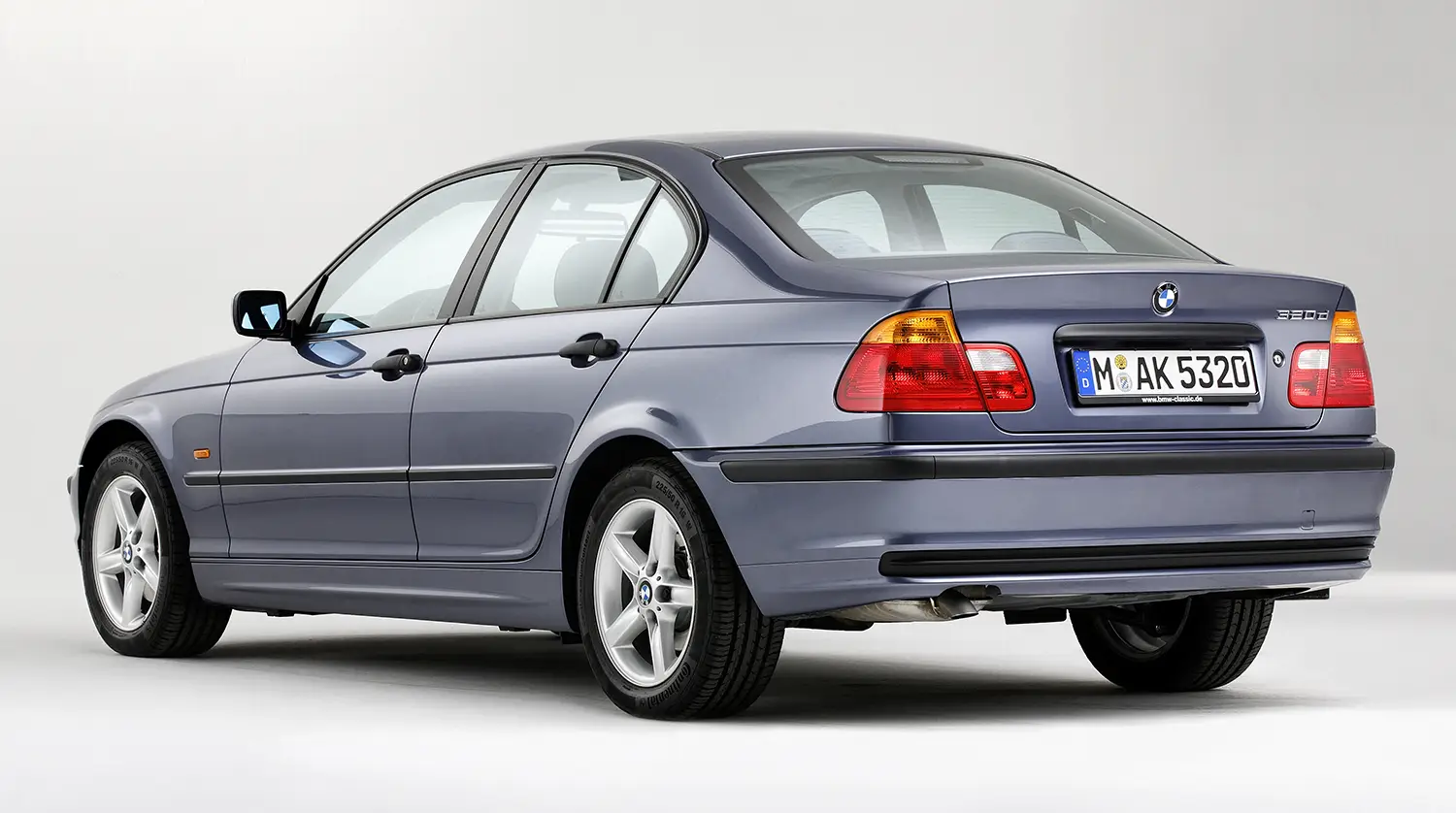
From One Body Style to Many
One of the E36’s greatest strengths was its variety. The E30 was mainly a two-door. The E36 launched with a four-door sedan. This was the first time this body style was the lead model. A two-door coupe soon followed. It was an instant hit. BMW later introduced a convertible and a touring wagon. The E36 also gave us the compact hatchback. This made the car accessible to everyone. The E36 lineup was the most diverse yet.
An Upgraded Engine Lineup
The E36 launched with new engines. They were more efficient and more powerful. The four-cylinder models were dependable. The six-cylinder engines were truly special. The 325i used the M50 inline-six. This engine was a technological marvel. The car had an incredibly smooth power delivery. It was a perfect blend of power and refinement. This engine became a favorite with enthusiasts. It helped establish the car’s sporty reputation. The M3 version was a legend.
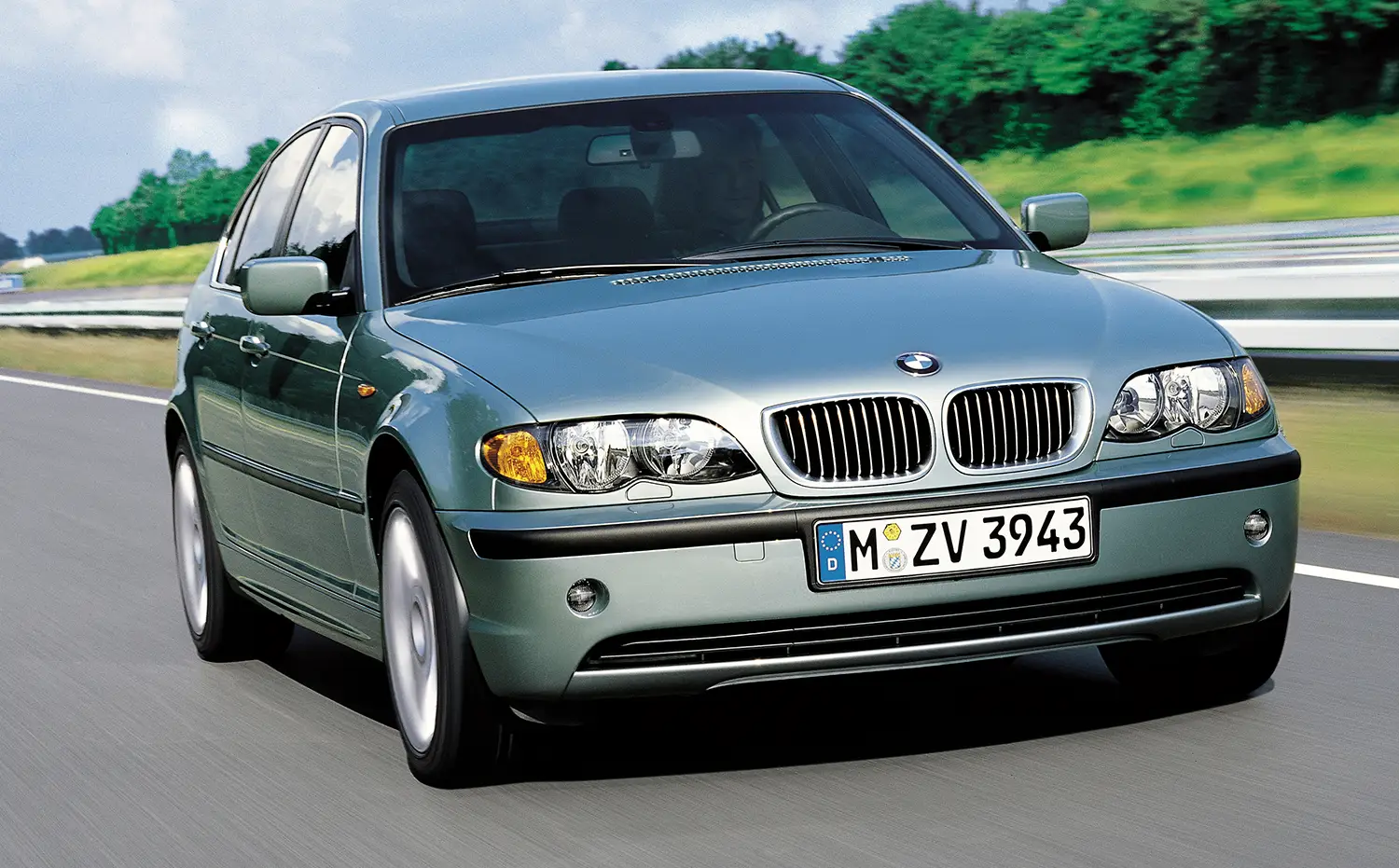
Performance and Technical Specifications
The performance model was the M3. The European version used an S50B30 engine. It produced 286 horsepower. A later version made even more power. This allowed the M3 to sprint from 0 to 60 mph in 5.4 seconds. The American M3 was slightly different. It had 240 horsepower. The suspension was a major upgrade. The new multi-link rear suspension was revolutionary. It gave the E36 a superior ride. It handled imperfections better. It also improved the handling balance. Its new design gave the car a wider track. This meant the E36 cornered with more stability. It offered a confidence-inspiring drive.
A Legacy of Global Success
The E36 was a global phenomenon. It was sold in millions of units worldwide. It became the definitive compact sports sedan. This car cemented the 3-Series’ reputation. It proved the brand’s commitment to performance. It showed that BMW could build a car for everyone. The E36 is now a true classic. It is sought after by many collectors. It is admired for its design and driving dynamics. The E36 is a testament to BMW’s legacy. It represents a high point for the company. It’s a car that truly defined an era.
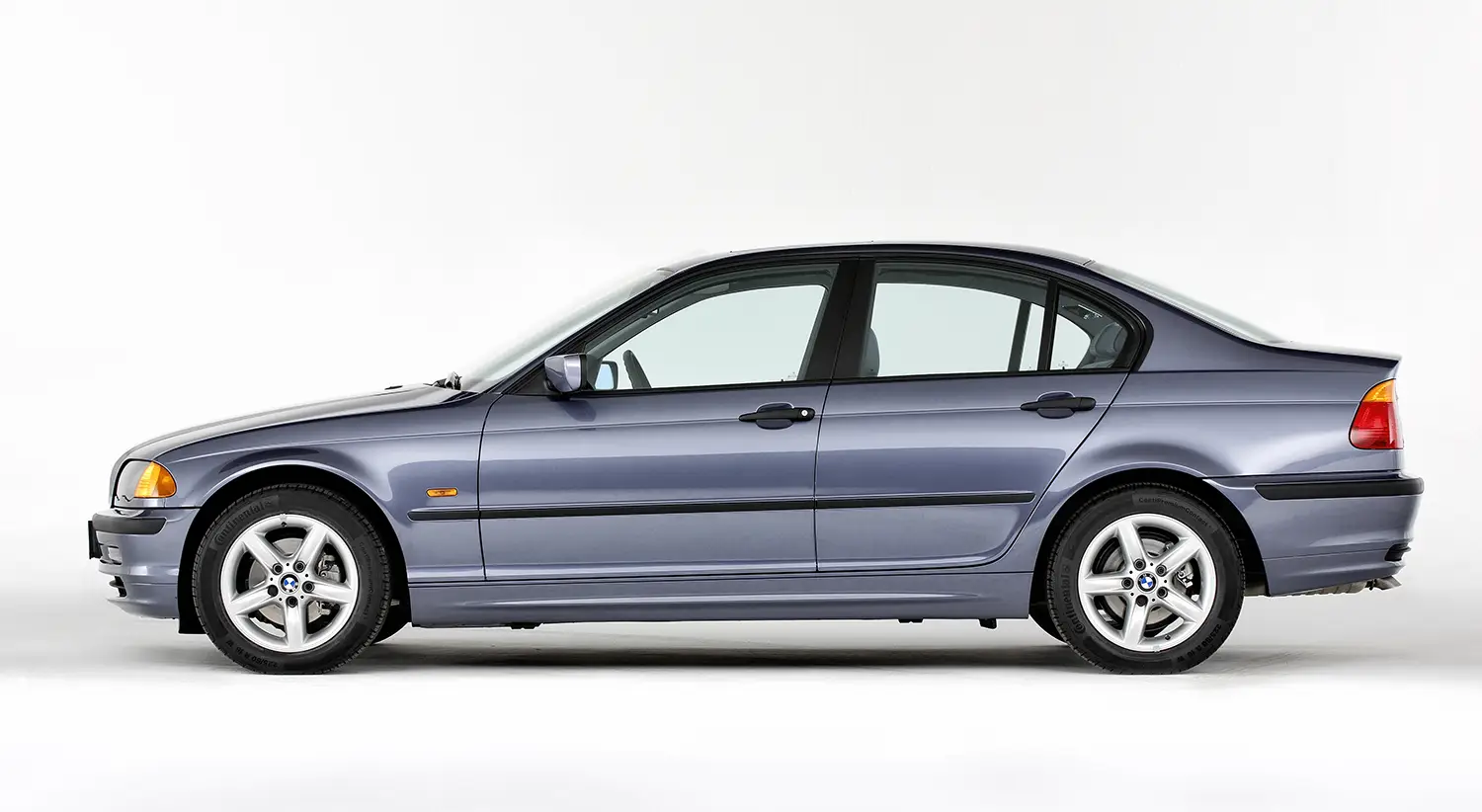
Summary
The third-generation BMW 3-Series, known as the E36, was a significant evolution for the brand. Its modern design, advanced suspension, and diverse range of body styles set a new benchmark for the compact executive segment. The E36’s blend of performance, practicality, and sophisticated engineering solidified the 3-Series as a global powerhouse and a lasting icon.
| Variant | Specs |
|---|---|
| 318i | 1.8L I4, 115 HP |
| 325i | 2.5L I6, 192 HP |
| 328i | 2.8L I6, 193 HP |
| M3 (US) | 3.0L/3.2L I6, 240 HP |
| M3 (Euro) | 3.0L/3.2L I6, 286-321 HP |
Disclaimer: Content on this site is for informational purposes only. Vehicle specs, pricing, and availability may change. Always verify details with official sources before making decisions. Opinions are those of the authors.
Source: BMW
